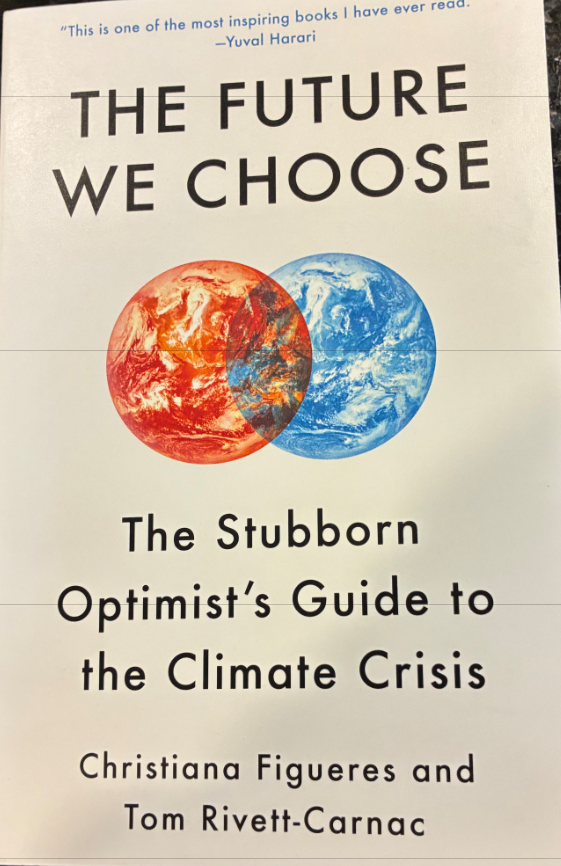Commentary
Historical Perspectives on the Great Marsh

Editor’s note: This is one in a continuing series of educational columns about fostering environmental
stewardship and leadership coordinated by ACES — The Alliance of Climate and Environmental Stewards.
On October 23, 2023, around two hundred people gathered at The Governor’s Academy for the History and Cultures of the Great Marsh Conference, a partnership between the Museum of Old Newbury and The Governor’s Academy. The construction of the Alfond Coastal Research Center at the Academy, dedicated to research in the marsh ecosystem, provided the initial impetus to gather, but the human relationship to the Great Marsh, past and present, was, and is, our particular focus.
The Great Marsh is key to understanding the human experience in this area. Marsh land provided crucial animal forage. The ditches that wind through the marshland to this day were cut to maximize the production and transport of hay. Marsh land was a valuable commodity to be bartered and bought. In at least one case, land was traded for an enslaved woman. Dr. Tricia Peone spoke about the history of enslaved labor in the Great Marsh, while Gordon Harris led the group through a detailed history of the transition from common to private land ownership. The Museum of Old Newbury contains images, art, and artifacts related to life in Old Newbury. Since the Great Marsh was so integral to life in this community, it is well-represented in our collections, from bog shoes – wooden discs strapped to the feet of horses and oxen to help them walk on the spongy ground –to photographs and paintings. American art expert Monica Reuss highlighted art inspired by the marsh, sharing breathtaking images that speak to the relationship humans have with this unique landscape. Of course, the experience of Indigenous people in the area is foundational to any discussion of the history of the Great Marsh, and Dr. Christoph Stroebel opened the day with information about tradition, trade, and language over time, including an acknowledgement of how much Indigenous culture has been lost through colonization.
If the purpose of history is to educate and contextualize, the afternoon sessions of the conference were about action. Rich Clyborne of The Gundalow Company joined Russ Hopping from the Trustees of Reservations and Geoffrey Walker, sportsman and wildlife activist, for a discussion of how the Great Marsh is used today, and how the human intervention in the marsh continues. From climate change to invasive species, destructive agricultural practices, pollution, and marine litter, the Great Marsh has suffered at human hands. The rallying cry of the day came from Peter Phippen, representing the Great Marsh Partnership. The initiatives led by the Great Marsh Partnership are addressing the greatest threats to the marsh. As sea levels rise, the Great Marsh will perform an increasingly vital role in storm protection, as it provides a natural carbon sink and flood mitigation system. Russ Hopping demonstrated how one organization, The Trustees of Reservations, is doing vitally important work to revitalize and restore the part of the Great Marsh entrusted to their stewardship.
The History and Cultures of the Great Marsh Conference provided a place to learn how we have lived with the marsh and address the best path forward. We encourage anyone who is interested in becoming involved in healing the Great Marsh to reach out to Peter Phippen at peterdphippen@gmail.com.
On a personal note, I am grateful to all the speakers and attendees at the conference for their questions and their passion. I understand everything through the lens of history – it is my natural processing speed. To love the Great Marsh, for me, is to understand all the lives it has lived. This is one way that the Museum of Old Newbury serves this community. If you have any historical artifacts that could amplify this connection, please contact me at: bethany@newburyhistory.org
ACES Youth Corps team members encourage you to contribute to a future history for the Great Marsh that increases its sustainability. Please share any thoughts about other opportunities to benefit the health of our planet and send us a note at acesnewburyport@gmail.com. To learn more about ACES and its Initiatives, visit https://www.aces-alliance.org.
.svg)



